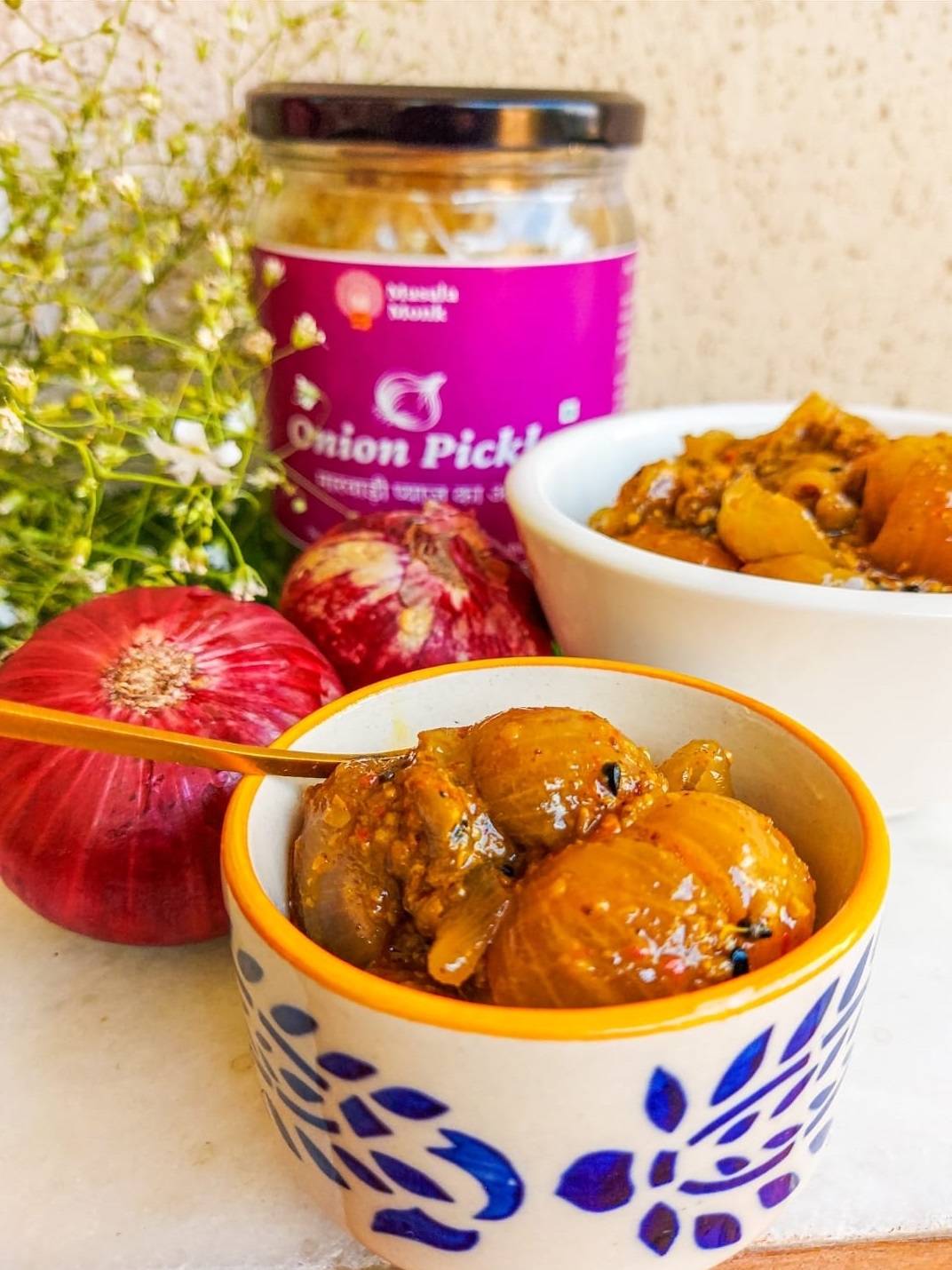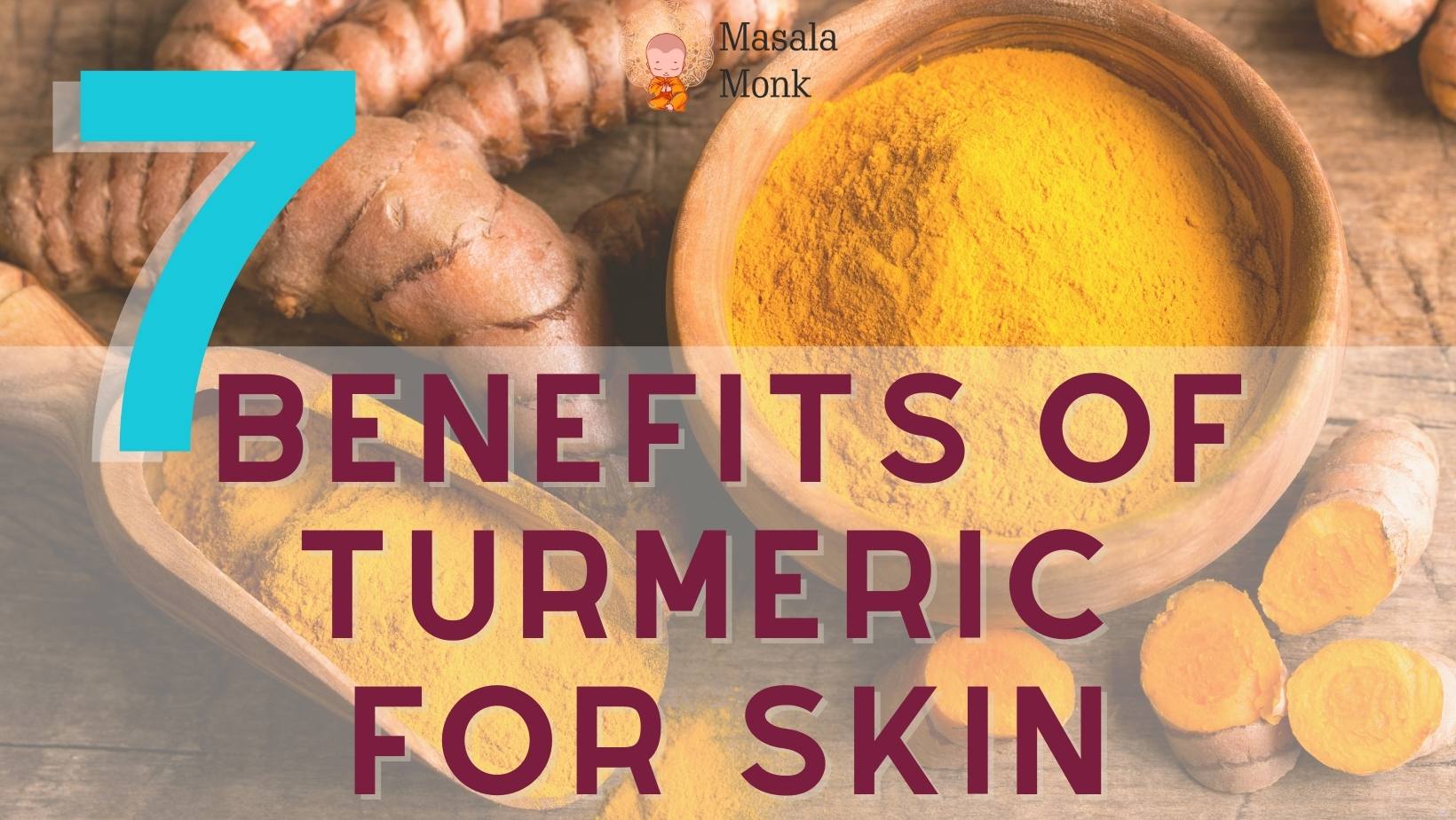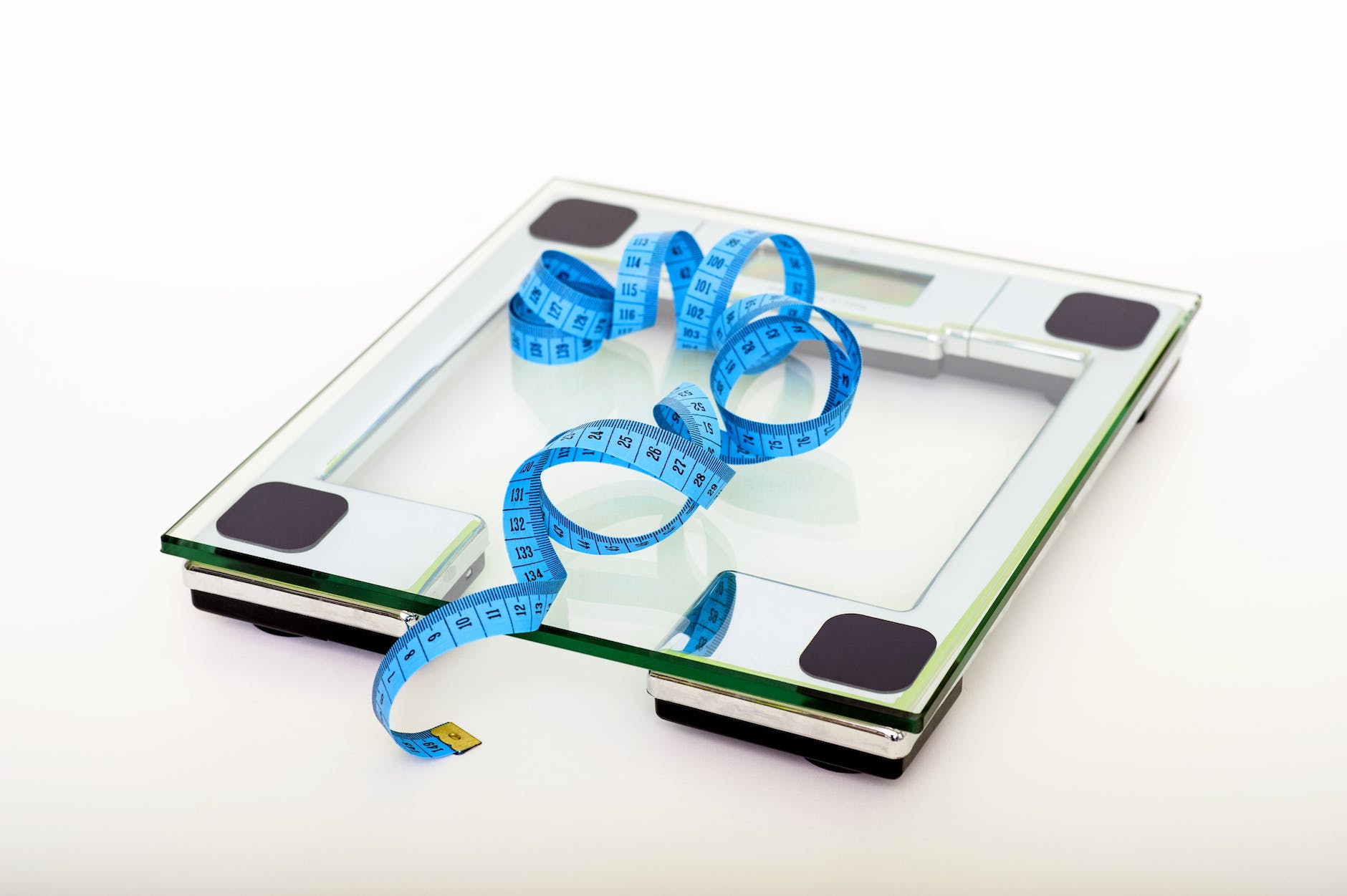
Onions, a staple in kitchens worldwide, are more than just a flavorful addition to your meals. They are packed with nutritional benefits and can even aid in weight loss. Let’s delve into the world of onions and discover how this humble vegetable can contribute to your health and fitness goals.
Onions and Weight Loss: A Perfect Pair
Onions, with their unique combination of flavors and health benefits, are an excellent addition to a weight-loss diet. They are low in calories and high in fiber, making them a perfect choice for those trying to shed some pounds. But what makes onions truly special in the context of weight loss is their Glycemic Index (GI).
Onions have a low GI, which means they cause a slower, more steady rise in blood sugar levels rather than a quick spike. This can help control your appetite and delay hunger cues, which is beneficial when trying to lose weight.
A medium-sized onion contains only about 44 calories, according to the USDA. This means you can enjoy onions without worrying about exceeding your daily calorie limit. Moreover, onions are rich in fiber, which aids in weight loss by keeping you feeling full and satisfied. This can help curb overeating and snacking between meals, which are common pitfalls in weight loss efforts.
Here are some ways how onions contribute to weight loss:
- Low in Calories: Onions have a low-calorie count, which can help you maintain your calorie deficit and lose weight.
- High in Fiber: Onions are rich in dietary fiber. Fiber aids in weight loss by providing a feeling of fullness, which can help control overeating.
- Low Glycemic Index: The low GI of onions helps in controlling blood sugar levels, which is crucial in managing weight.
- Boosts Metabolism: Certain compounds in onions, such as quercetin, have been found to increase metabolic rate, which can aid in weight loss.
- Natural Detoxifier: Onions contain sulfur-containing amino acids that help detoxify the body. A well-detoxified body tends to burn fats and calories more efficiently.
Remember, while onions are beneficial, they are just one part of a balanced diet. Regular physical activity and a healthy lifestyle are also crucial for successful weight loss. So, enjoy your onions, but make sure they are part of a well-rounded, nutritious diet.
The Nutritional Powerhouse: What’s in an Onion?
Onions are nutrient-dense, meaning they’re low in calories but high in vitamins and minerals. They are a good source of vitamin C, vitamin B6, potassium, folate, and manganese.
In addition, onions contain a significant amount of fiber. A medium yellow onion contains 2.7 g of fiber, which is almost 10% of the daily value. Red onions are even richer in fiber, containing 2.2 g per 100g.
Here’s a detailed breakdown of the nutritional content of a medium-sized onion:
- Calories: 44
- Protein: 1.1 grams
- Fat: 0.1 grams
- Carbohydrates: 10.2 grams
- Fiber: 1.6 grams
- Vitamin C: 8.1 milligrams
- Vitamin B6: 0.1 milligrams
- Folate: 19.4 micrograms
- Potassium: 146 milligrams
- Manganese: 0.1 milligrams
The Benefits of Onion Soup for Weight Loss
Onion soup is a popular dish among weight loss enthusiasts, and for good reason. It combines the nutritional benefits of onions with the satiating quality of a warm, comforting soup.
Onion soup is low in calories and high in fiber, making it a weight loss-friendly dish. It’s also versatile – you can add other healthy vegetables or lean proteins to increase its nutritional value and make it more filling.
Here are some reasons why onion soup is beneficial for weight loss:
- Low in Calories: A bowl of onion soup is typically low in calories, making it a diet-friendly choice.
- High in Fiber: Onion soup is rich in dietary fiber, which can help you feel full and satisfied, reducing the likelihood of overeating.
- Hydrating: Soup is a hydrating food, which is essential for maintaining a healthy metabolism and aiding in weight loss.
- Versatile: You can add other healthy ingredients to your onion soup, such as other vegetables or lean proteins, to enhance its nutritional profile and make it more filling.
The Weight of an Onion: Portion Control is Key
While onions are low in calories, portion control is still important. The weight of an onion can vary, and so can the number of calories it provides. A medium-sized onion weighing around 110g provides 44 calories. So, keep this in mind when adding onions to your meals.
Purple Onion Nutrition: A Colorful Boost
Purple onions, also known as red onions, are not only a colorful addition to your dishes but also a nutritional boost. They contain more antioxidants than white or yellow onions. Plus, they have a higher fiber content, making them an excellent choice for weight loss.
Frequently Asked Questions
Q1: Can eating onions help with weight loss?
Yes, onions can aid in weight loss. They are low in calories and high in fiber, which can help you feel full and satisfied, reducing the likelihood of overeating.
Q2: What are the nutritional benefits of onions?
Onions are a good source of vitamin C, vitamin B6, potassium, folate, and manganese. They also contain a significant amount of fiber, which aids in digestion and keeps you feeling full.
Q3: Is onion soup good for weight loss?
Yes, onion soup is a popular dish among weight loss enthusiasts. It is low in calories and high in fiber, making it a weight loss-friendly dish. You can also add other healthy vegetables or lean proteins to increase its nutritional value and make it more filling.
Q4: How many calories does an onion have?
A medium-sized onion contains about 44 calories, according to the USDA.
Q5: Are purple onions good for weight loss?
Yes, purple onions, also known as red onions, are not only a colorful addition to your dishes but also a nutritional boost. They contain more antioxidants than white or yellow onions and have a higher fiber content, making them an excellent choice for weight loss.
Q6: Can I eat onions at night for weight loss?
Yes, you can eat onions at any time of the day. However, it’s important to remember that overall calorie intake and a balanced diet play a crucial role in weight loss.
Q7: What is the weight of an onion?
The weight of an onion can vary. A medium-sized onion typically weighs around 110g.
Q8: Can I eat raw onions for weight loss?
Yes, you can eat raw onions for weight loss. They can be a crunchy, low-calorie addition to salads and other dishes. However, some people may find raw onions a bit strong or irritating to their stomach, in which case, cooked onions are also a great option.
Conclusion: Embrace the Onion for Weight Loss and Nutrition
In conclusion, onions are a valuable ally in your weight loss journey. They’re low in calories, high in fiber, and packed with essential nutrients. Whether you enjoy them raw in salads, cooked in meals, or as a warm onion soup, they can help you achieve your weight loss goals while boosting your overall health.
So, next time you’re in the kitchen, don’t underestimate the power of the humble onion. Embrace it, enjoy it, and let it contribute to your health and wellness journey!
Blog Tags: Onion, Weight Loss, Nutrition, Onion Soup, Purple Onion, Dietary Fiber, Healthy Eating, Wellness, Fitness, Diet













